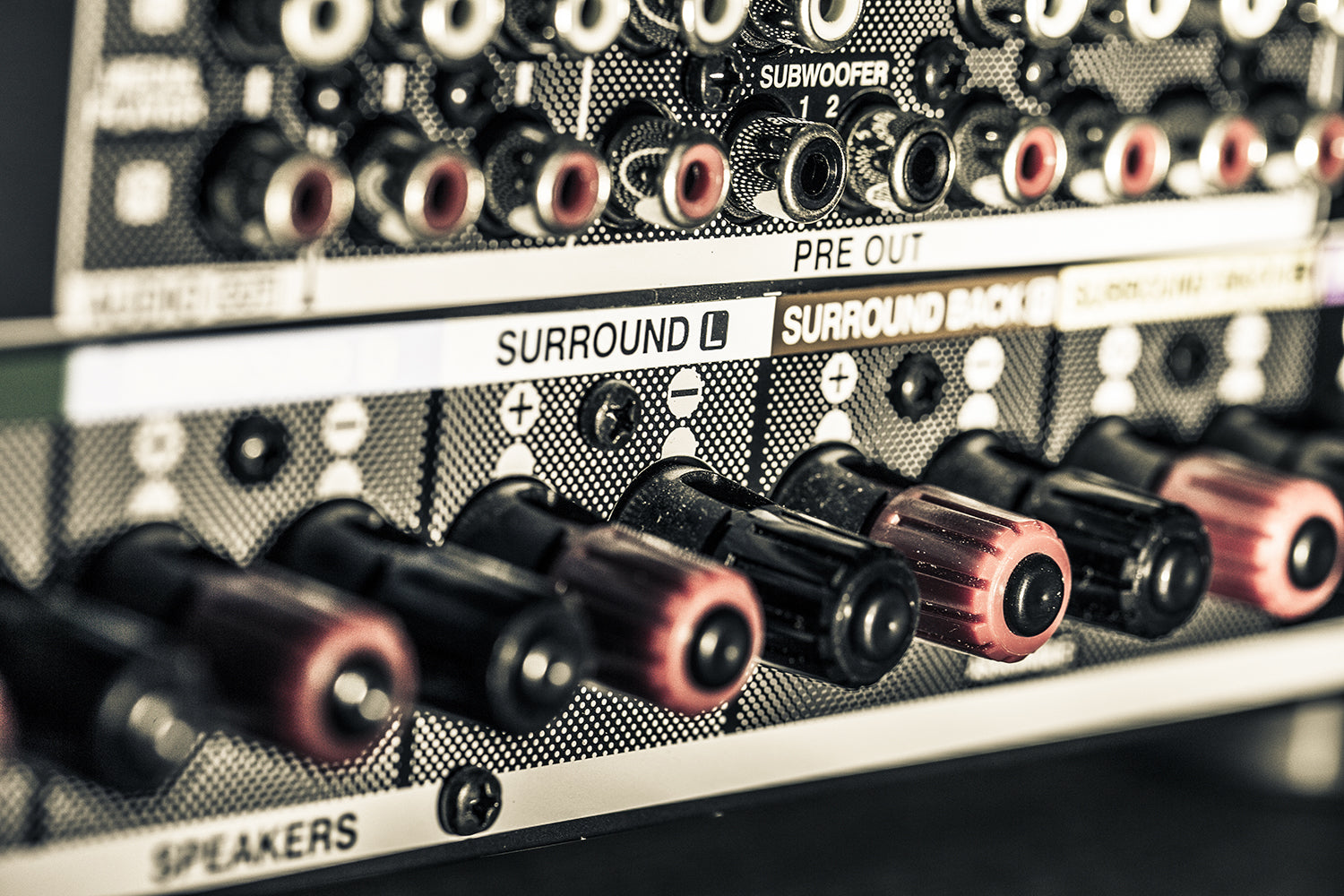Choosing the correct A/V receiver or amplifier is more than just looking at a power rating. This alone can be very deceiving. There is already much info online that explains what power ratings really mean so we’ll defer that conversation for now.
Size of Speakers
Does your system consist of bookshelf speakers and subwoofer(s)? All RSL systems are configured this way. In these systems, the subwoofer is responsible for bass reproduction. The subwoofer has its own power amplifier built-in. The bookshelf speakers will not receive low bass frequencies. Since bass requires the most power, your amplifier or receiver no longer reproduces low bass. Its load is greatly reduced and more power is available for the bookshelf speakers.
Consider a 3,500 lb mid-size car with a 200 HP engine. It may be adequate, but not extremely fast. Eliminate 2,000 pounds and the car becomes very fast. Eliminating bass is like removing the load from your amplifier or receiver.
If your system contains large floor-standing speakers that reproduce bass, then you’ll need an amplifier/receiver with a lot more power.
Other Factors
Other factors include the size of your room, the acoustical/absorption properties of your room, the efficiency rating of your speakers, the type of source material and how loud you’d like to play it. These are topics for future posts. Stay tuned.
